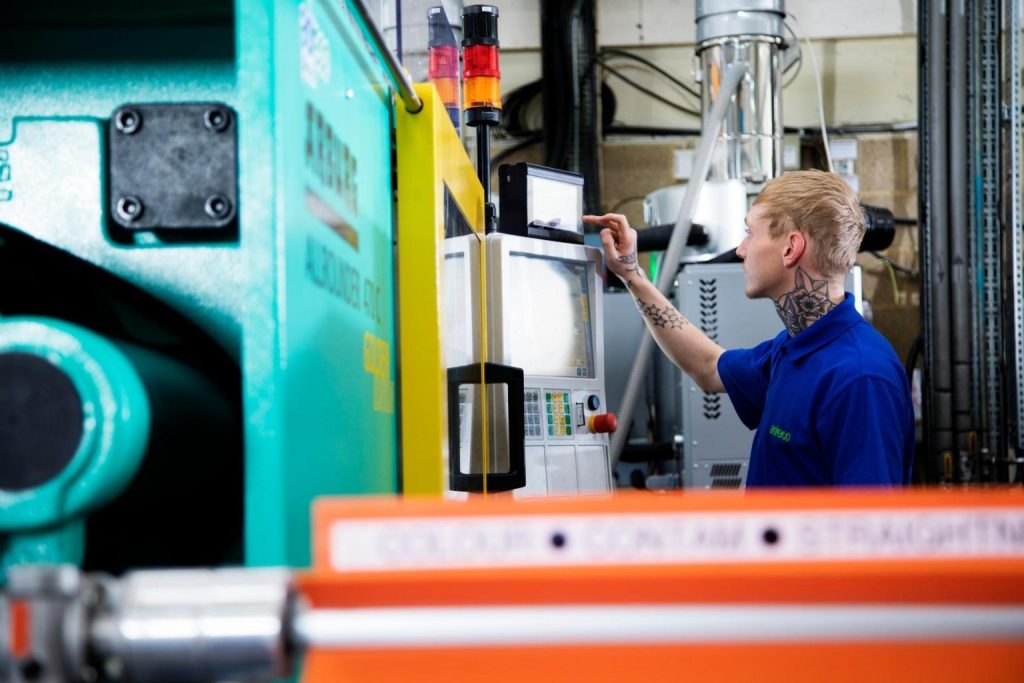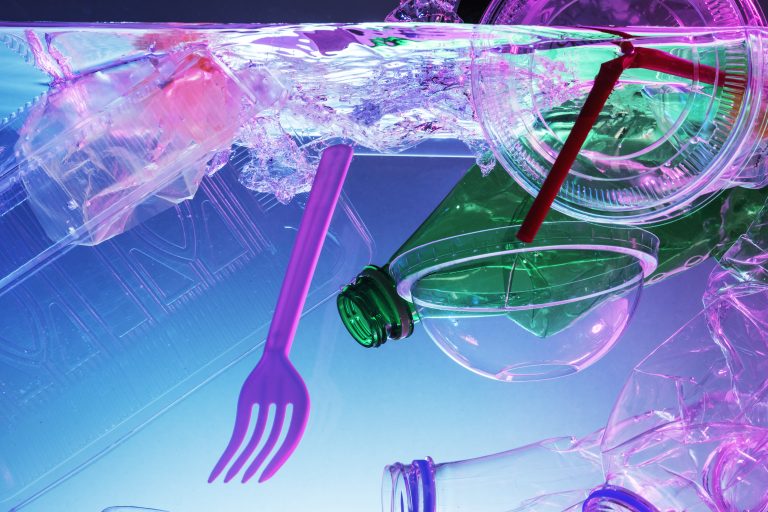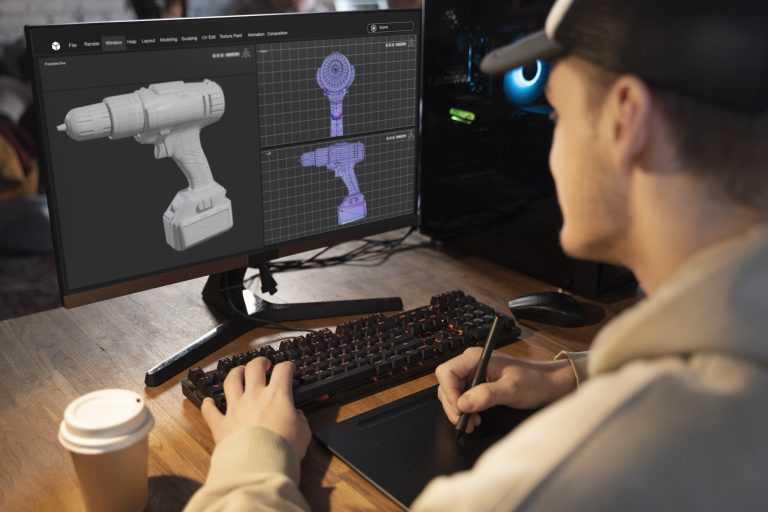How to achieve top-quality injection moulding
Injection moulding is a popular manufacturing technique for creating a vast range of parts, components, tools and items that need to be strong, durable and able to perform as required. The process involves several stages, from initial design to quality control. At each stage, decisions must be made around the types of materials used, techniques to employ, quantities to produce and the overall shape and finish of the injection moulded items. These choices will all affect the final quality if the work, and it is important to consider each one very carefully.
Here are some areas to think about when working on a plastic injection moulded project to ensure that the outcome is as high quality as possible.
Material gain
Design for the material you are going to be working with. Each one has its own, unique set of properties and tolerance, which will affect not only the viability of the proposed design, but the longevity of the completed component or tool and its resistance against shrinkage over time. For example, using a chemical corrosion-resistant material to make tools intended for use in an industrial or laboratory setting will produce better quality results, as will choosing stronger materials and additives for construction tools that will need to take a lot of weight or will be used for heavy blows. Always use the best quality plastics, additives and materials that your budget will allow – this is not an area to cut corners in at all.
Tool quality
It is pretty much impossible to produce a good quality plastic injection moulded part from a sub-par mould design. Creating the mould carefully and correctly should be a top priority for any plastic moulding project. Consider the overall shape and size, ease of getting the moulded part out at the end and how any wall thicknesses, intricate shapes or protruding areas will impact on the performance of the finished part. Just as you need to select the best possible materials to make the plastic moulded item, so, too, must you use top quality materials and expertise when crafting the mould.
Tolerance variation
Ensuring that your materials, design and machine set-up can meet the most demanding of tolerances is very important. Especially so when making highly precise items that will form part of an interlocking mechanism, or alignment feature, or that will join adjected parts using a snap-fit arrangement. Consider wall thicknesses too, as too thin an outer wall will lead to increased pressure on the moulding machines to fill the narrower area correctly and still keep the part strong enough to withstand wear and tear. It could cause problems with internal stress and flash lines too, which will compromise quality and make the finished item more prone to damage.
Finishes
Scheduling and logistics
Finally, even after the part is created using the best possible machinery, materials and design, the process is not over until the associated scheduling and logistics have been planned and executed with as much quality as possible. Plan critical milestones to time in with associated business plans and the customer’s own timings and priorities. These could include having items ready for trade shows, clinical trials or sales meetings, as well as adhering to regulatory compliance around testing and securing accreditations. Don’t forget to pay careful attention to other aspects of customer care too, such as printing and packaging.





